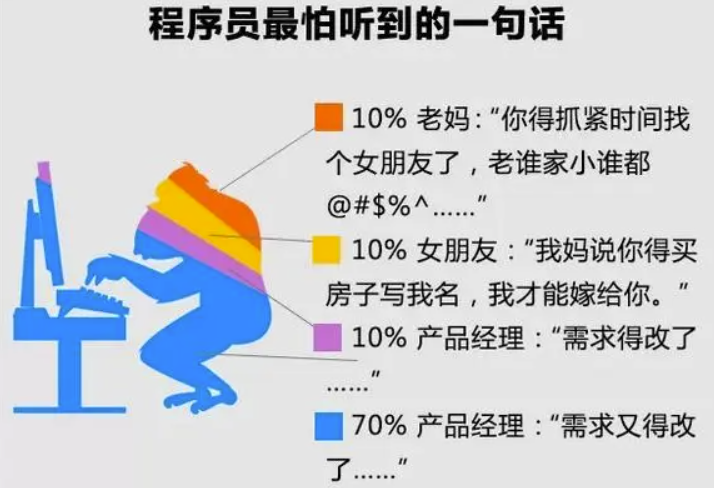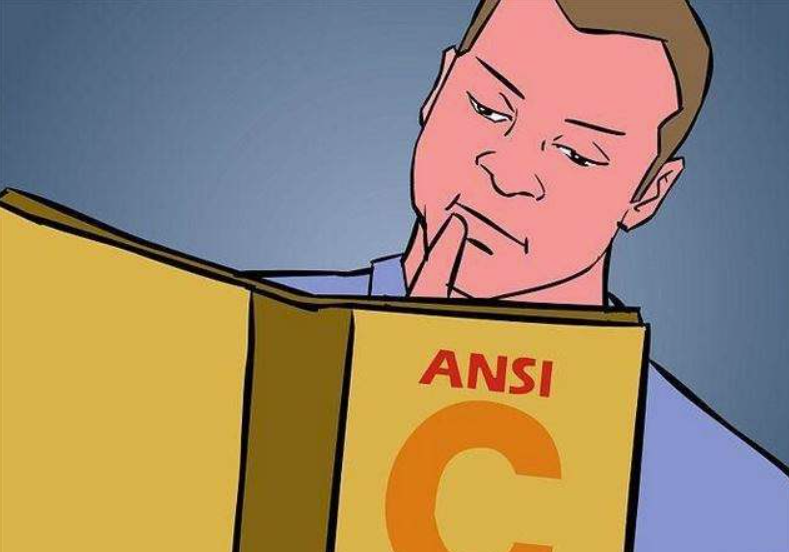Title: The Healing Power of John Ashbery’s Fragmented Narratives
Introduction: John Ashbery, a renowned American poet, is known for his distinctive style characterized by fragmented narratives. This essay explores the healing power found within Ashbery’s poetry, where his fragmented narratives offer a transformative and cathartic experience for readers. By delving into specific poems and citing textual evidence, we will uncover how Ashbery’s unique approach to storytelling provides solace and rejuvenation.
Body:
“Self-Portrait in a Convex Mirror”: One of Ashbery’s most celebrated works, “Self-Portrait in a Convex Mirror,” exemplifies the healing power of fragmented narratives. Through disjointed imagery and shifting perspectives, the poem reflects the complexity of human emotions and experiences. For example, lines such as “We dive on the word ‘convex’” depict an exploration of self-identity that invites readers to navigate their own introspective journey. This engagement with fragmented narratives allows readers to confront their inner struggles and ultimately find solace in understanding the intricate layers of their own existence.
“The Tennis Court Oath”: In “The Tennis Court Oath,” Ashbery employs fragmented narratives to challenge traditional poetic conventions and provide an outlet for emotional release. The poem offers a stream-of-consciousness exploration that mirrors the chaos and uncertainty of life itself. Lines such as “My dear one is mine as mirrors are lonely / And every breath I take keeps me alive” evoke feelings of longing and isolation. By embracing fragmentation, Ashbery encourages readers to embrace ambiguity, offering them an opportunity for catharsis by immersing themselves in raw emotions.
“Crazy Weather”: In his collection “Crazy Weather,” Ashbery utilizes fragmented narratives to create a sense of interconnectedness between disparate elements of existence. In poems like “Mixed Feelings” or “Crossroads in the Past,” he blends diverse perspectives and experiences, forging unexpected connections. Through fragmented narratives, Ashbery invites readers to perceive the world as a complex web of interconnectedness, allowing them to find solace in recognizing their place within this intricate tapestry.
“Flow Chart”: “Flow Chart” exemplifies Ashbery’s ability to provide healing through fragmented narratives. This poem takes readers on an introspective journey, where disjointed images and shifting perspectives mirror the unpredictable nature of life itself. The lines “If everything can be nothing or something / Depending on how one feels about it / And it is possible that two people don’t feel exactly the same way at the same time,” encapsulate the fluidity of human emotions and offer a comforting reminder that our feelings and experiences are valid even if they fluctuate.
Conclusion:
John Ashbery’s fragmented narratives possess a profound healing power for readers. By embracing ambiguity, confronting inner struggles, and forging connections between disparate elements, his poetry allows us to explore our own emotions and experiences in transformative ways. Through specific poems like “Self-Portrait in a Convex Mirror,” “The Tennis Court Oath,” “Crazy Weather,” and “Flow Chart,” Ashbery offers a cathartic experience that helps us navigate life’s complexities while finding solace in our shared humanity.
内容由零声教学AI助手提供,问题来源于学员提问





















